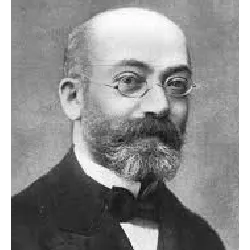Literature of Discovery and Colonization

The Quinhentismo was the first literary period in Brazil, developed in the 16th century, during the arrival of Portuguese colonizers. Marked by literature of a descriptive and informative nature, this period was not concerned with art, but rather with documentation and catechetics, serving the interests of the Crown and the Church.
The main characteristic of the Quinhentismo was the production of texts that portrayed the newly discovered lands, their natural riches and the indigenous peoples. The greatest example of this style is the Letter of Pero Vaz de Caminha (1500), which described the first impressions of Brazil. In addition, Jesuit priests, such as Father Anchieta, produced catechetical texts for the conversion of the indigenous people, mixing religious elements and native languages.
The historical context of the Quinhentismo was marked by mercantilism, Portuguese maritime expansion and the project of colonization of Brazil. The literature of this period reflected the European vision of the new land, without yet presenting its own cultural identity.
Although it does not have significant aesthetic value, the Quinhentismo was essential for recording the first contacts between Europeans and indigenous people, giving rise to Brazilian literary history.
Did you know??













